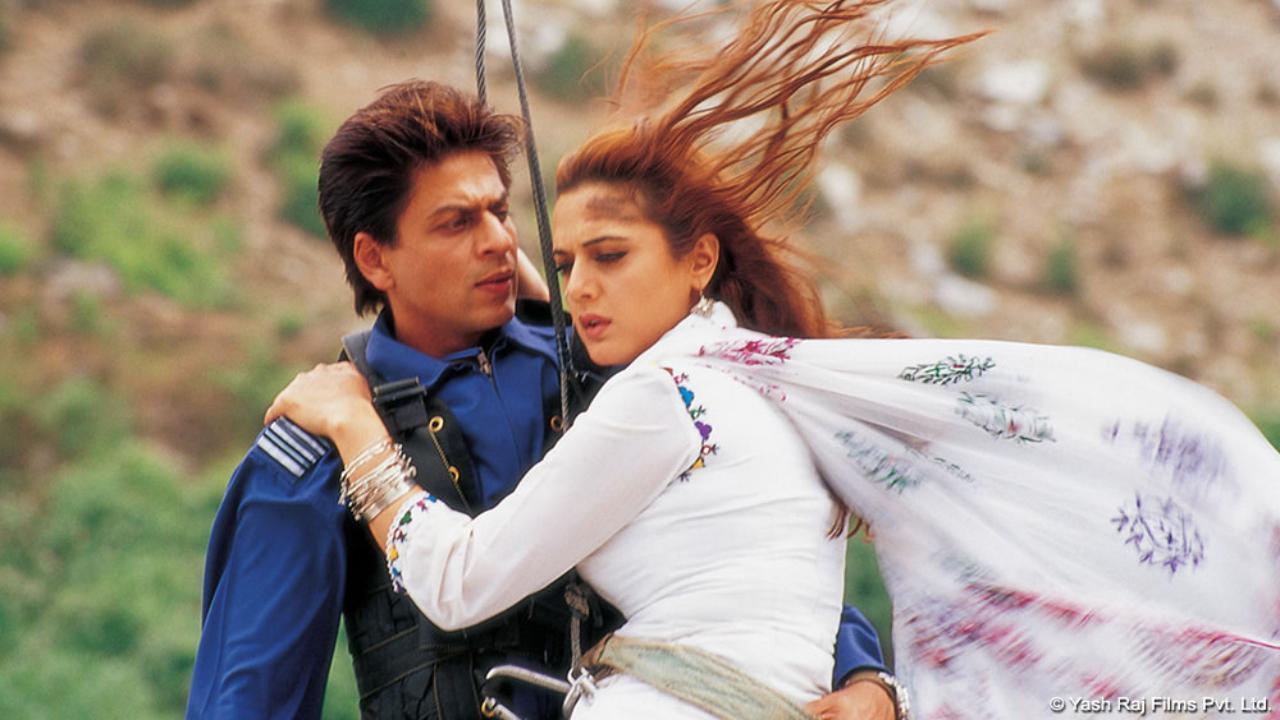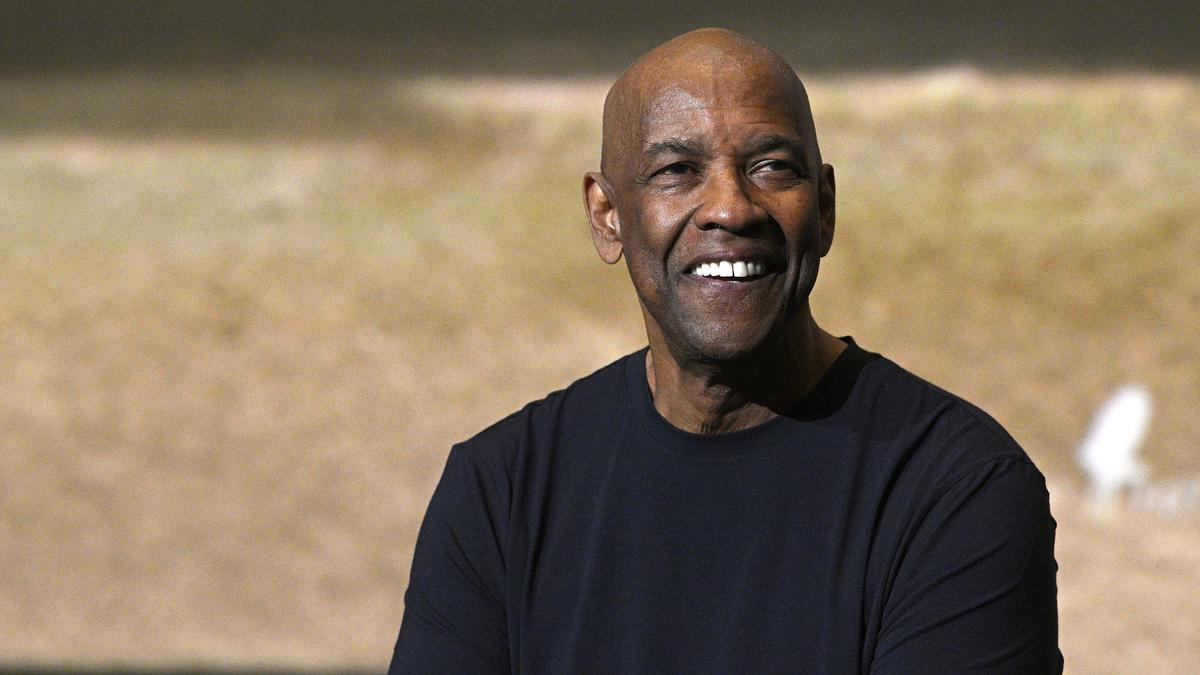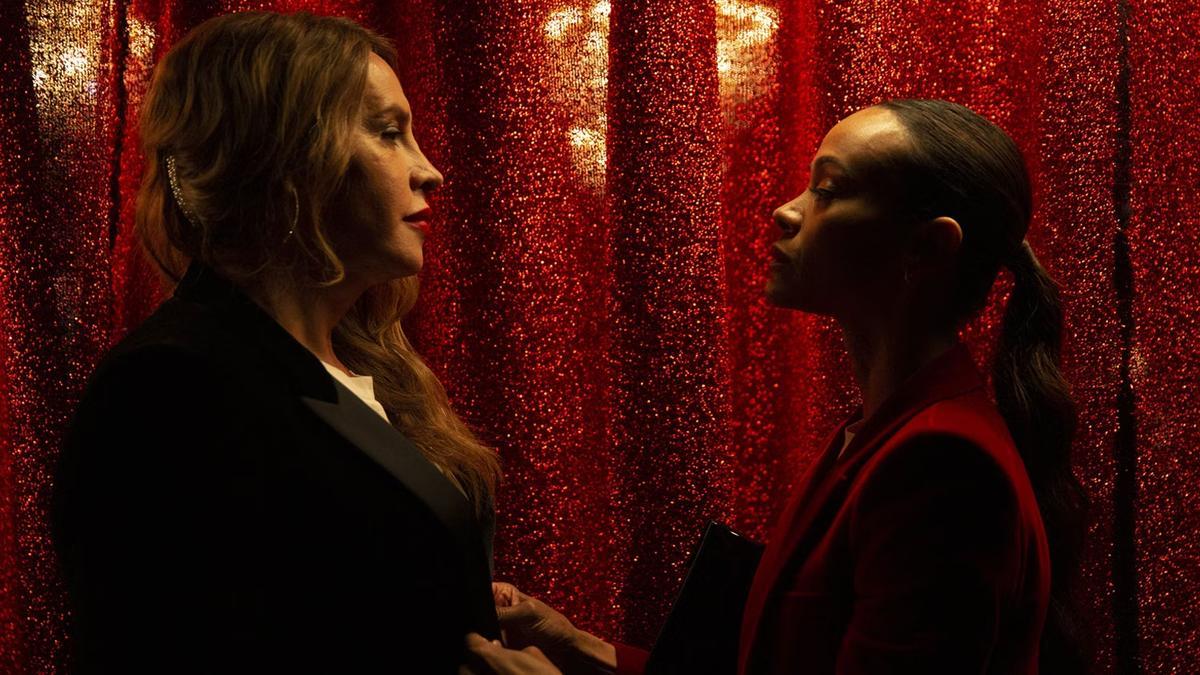
In an industry that thrives on innovation and creativity, filmmaker Bejoy Nambiar sets a notable standard with his eclectic mix of realism and entertainment. His latest announcement heralds a refreshing take on campus dynamics with a dual cinematic endeavor – ‘Dange’ in Hindi and ‘Por’ in Tamil. Bejoy’s unconventional choice of caller tune—a track from the 2003 Tamil film Dhool—encapsulates his diverse cinematic tastes and investment in all film forms, from silent narratives to pan-lingual features.
Crafting realistic textures with an engaging flair, Nambiar has always sought out stirring tales. His new project germinated from a college festival tale recounted by a cousin – an innocuous incident that escalated into a student riot involving hundreds. This true story captivated Nambiar and, in the telling and retelling, solidified its potential as a gripping film plot.
Enthralled audiences can glimpse what’s in store from the trailers of ‘Dange’ and ‘Por’, which resonate with the milieu of Nambiar’s ‘World of Shekhar’ from the anthology film ‘Solo’. Still, Nambiar asserts that each film charts its own course. They share a college setting, but where ‘Solo’ painted an intimate portrait, ‘Dange’ and ‘Por’ promise a broader canvas—rivalries, romances, and festivals all play their part in the narrative.
Populating his films with a kaleidoscope of characters is a penchant for Nambiar, a trait recurrent in his filmography. Whether front-and-center or fleeting, each character in ‘Dange’ and ‘Por’ contributes to a tangible, living world. And as such, fleshing out these characters necessitates a nuanced and robust ensemble cast.
The roster for these contemporaneous shots boasts names like Harshvardhan Rane, Ehan Bhat, Nikita Dutta, and TJ Bhanu in ‘Dange’, while TJ Bhanu also joins Arjun Das, Kalidas Jayaram, and Sanchana Natarajan in ‘Por’. Orchestrating two different casts for a bilingual production presents a complex dance of coordination, creativity, and patience. Nambiar underscores that the dual structure not only challenges the actors and crew but also enriches the authenticity, much more than simply dubbing would achieve.
Managing casts in two languages adds layers of complexity behind the scenes. Charting a balance between both versions, the actors ultimately decided against witnessing each other’s performances to preserve their unique interpretive space. This decision fed into the energy of the production, according to Nambiar, as each day brought a fresh start and a pivot from the routine.
Casting for ‘Dange’ and ‘Por’ was an exercise in diligence—striking a balance of budget to scale, utility to stardom. The finished product, according to Nambiar, must resonate in the native tongue as part of his cinema mantra. This adaptability extends beyond just casting; it pivots on linguistic roots—what story suits which language, which socio-cultural fabric best clothes the narrative.
Nambiar’s work treads new ground in the evolving landscape of OTT platforms, yet he yearns for the communal experience of theater viewing. His last film opened on the big screen seven years ago, and ‘Dange’ and ‘Por’ mark his cinematic homecoming of sorts. While acknowledging OTT’s burgeoning role, he aspires for a renaissance of the theatre-going populace, especially among Hindi film audiences.
Amidst the creation of ‘Dange’ and ‘Por’, Nambiar also engages in a promising collaboration with veteran director Mani Ratnam on the project ‘Thug Life’, starring Kamal Haasan. Buzzing with excitement about the project, he cherishes the powerhouse combo of Haasan and actor Dulquer Salmaan, rekindling their ‘Solo’ synergy. Slated for theater release on March 1, fans of Nambiar’s work eagerly anticipate the cohesive yet disparate cinematic experiences of ‘Dange’ and ‘Por’—stories stitched from the fabric of reality, narrated with a filmmaker’s passionate perspicacity.










